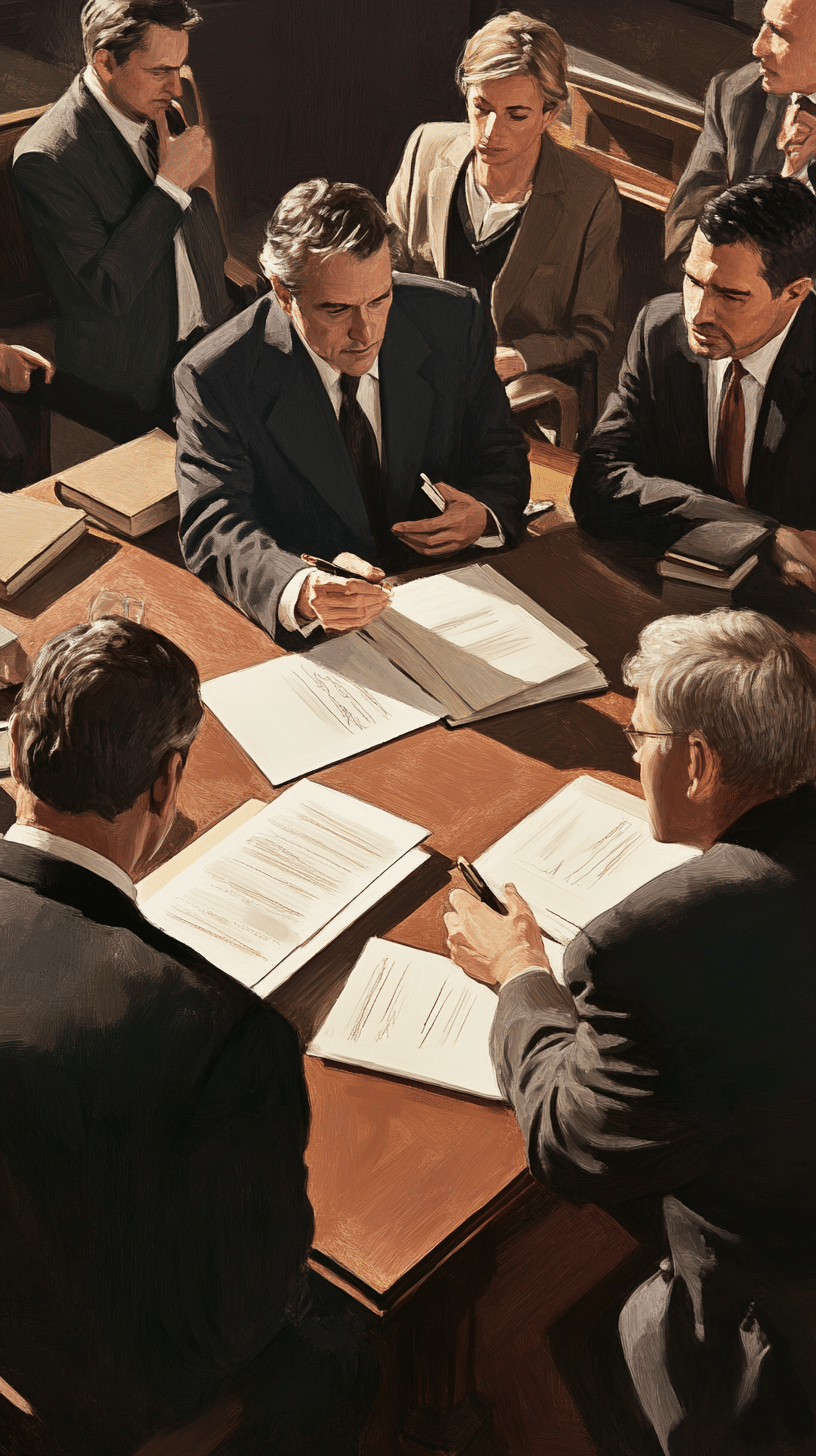The one thing that we can all say about Second Department practice, whether it be at the Appellate Term or the Appellate Division, is that the decision/orders of these courts never elucidate upon the facts of a given matter. This is not necessarily a bad thing, especially when you are on the losing side of a case. But when a case has lived an interesting life, it would be nice to know what happened.
While the Appellate Division’s decision tells a different story, a review of the record of appeal in Mercury Cas. Co. v. Surgical Center at Milburn, LLC, 2009 N.Y. Slip Op. 06516 (2d Dept. 2009), shows us that this is not your every day run of the mill “default” case.
This case started as a $12,000 no-fault AAA arbitration, where the Defendant sought to recover for surgery services performed on its Assignor. Plaintiff denied the claim on the basis that the surgery was not causally related to the motor vehicle accident. In support of this defense, Plaintiff presented the report of a radiologist who, upon a review of the applicable MRI films, found that the injuries were pre-existing, degenerative and not related to the underlying motor vehicle accident.
The lower arbitrator, upon a review of the record, did not find the Plaintiff’s proof convincing and awarded Defendant the principle sum of $12,000, along with interest, costs and attorney fees. It is not uncommon these days for an insurance carrier to lose in arbitration.
Plaintiff, as would be expected, filed a master arbitral demand and perfected its master arbitral brief. Similarly, Defendant proceeded to perfect his master arbitral brief. Following due deliberation, the master arbitrator upheld the award of the lower arbitrator, finding that the award was not defective as a matter of law. This decision was probably correct.
Since the amount in controversy, however, exceeded $5,000, Plaintiff sought a trial de–novo. In this regard, a summons and complaint, fashioned as an action seeking a declaration that the surgery was not related to the motor vehicle accident, was filed with the Supreme Court and served upon Defendant. The action seeking a declaratory judgment spelled out the procedural history and the nature of the defense to the underlying no-fault claim.
Defendant failed to timely answer or move, and Plaintiff moved for leave to enter a default judgment against Defendant. Defendant opposed the motion, but failed to set forth a reasonable excuse or any evidence to support a potentially meritorious defense. All Defendant attached to his answering papers were the proofs he presented at the lower arbitration. In order to raise a potentially meritorious defense, Defendant would have had to obtain a radiology review that contradicted, point by point, Plaintiff’s own film review. As to the proof necessary to defeat a causation defense predicated upon a radiology review, please see my prior posts.
The Supreme Court denied Plaintiff’s motion. A notice of appeal was promptly filed. At the Appellate Division, Plaintiff moved to stay the Supreme Court case, pending the outcome and determination of the appeal. This motion was granted. The appeal was then perfected. Following due deliberation, the order of the Supreme Court was reversed and Plaintiff’s motion was granted. Consequently, the matter was remitted to the Supreme Court for the purpose of entering a judgment, declaring that the surgery was not causally related to the motor vehicle accident.
Here are a few thoughts. First, it would appear that the collateral estoppel consequences of this type of a decision are huge, as I have opined in previous posts. The second thing, and one of a practical matter, is that a demand for a trial de–novo, in this type of proceeding, should be commenced as a declaratory judgment type of action. There are other ways to commence a trial de-novo, but these methods are not as effective or efficient as commencing it through a declaratory judgment action.












